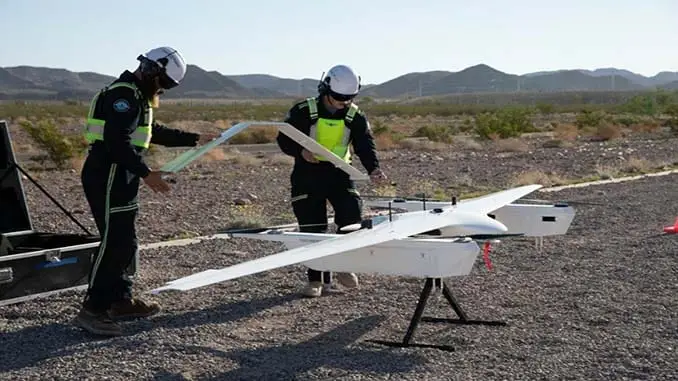Unveiling the Power of the Sun: Journey into Solar Energy and Photovoltaic Systems
August 8, 2023 2023-08-08 9:12
Unveiling the Power of the Sun: Journey into Solar Energy and Photovoltaic Systems
Introduction:
Welcome to an enlightening and captivating lecture that will take you on a journey through the fascinating world of solar energy and photovoltaic systems. In this article, we will delve into the analysis and utilization of solar energy, exploring its potential, available technologies, and design considerations. As we progress, we’ll uncover the pivotal role of solar power in reducing CO2 emissions and propelling the world towards a sustainable energy transition.
Harnessing Solar Energy:
The sun, a colossal source of energy, radiates an abundance of untapped potential that we can harness through photovoltaic systems. This revolutionary technology enables us to convert sunlight directly into usable electricity.
- Solar Resources: Understanding solar resources is essential for effective harnessing. The amount of sunlight received varies based on geographical location, time of day, and season. Regions with ample sunlight, such as deserts and equatorial zones, offer prime opportunities for solar energy generation.
- Available Technologies: Photovoltaic systems consist of solar panels made of semiconductor materials like silicon. These panels contain cells that absorb sunlight, releasing electrons and generating a direct current (DC) flow. Inverters then convert DC into alternating current (AC), suitable for powering homes and businesses.
Design Considerations for Efficiency:
Efficiency is a crucial aspect when designing photovoltaic systems. Optimal design ensures maximum energy generation and utilization.
- Placement and Tilt: Solar panels should be strategically positioned to receive the most sunlight throughout the day. Proper tilt angles ensure optimal exposure, enhancing energy production.
- Shade Management: Shadows from trees, buildings, or other obstacles can significantly reduce energy generation. Careful consideration of shading is essential during installation.
- Maintenance and Cleaning: Regular maintenance and cleaning of solar panels ensure optimal performance. Dust, debris, or bird droppings can hinder energy absorption.
Solar Energy’s Environmental Impact:
One of the most significant advantages of solar energy is its environmental friendliness. As the world grapples with climate change and excessive CO2 emissions, renewable energy sources like solar power play a pivotal role in reducing our carbon footprint.
- CO2 Emission Reduction: By harnessing solar energy, we reduce reliance on fossil fuels, leading to a substantial decrease in CO2 emissions. This shift contributes to cleaner air and a healthier planet.
- Energy Transition: Solar power contributes to the global transition towards sustainable energy sources. Its accessibility and inexhaustible nature make it a cornerstone of a greener future.
Conclusion:
As we conclude this captivating lecture on solar energy and photovoltaic systems, we’ve unraveled the immense potential of the sun’s energy and how we can effectively harness it through innovative technologies. Understanding solar resources, available technologies, and design considerations are vital steps towards efficient energy conversion.
The world is at a turning point, where our choices in energy sources can shape the future of our planet. Renewable energy sources like solar power offer a beacon of hope, leading us towards a more sustainable and eco-friendly tomorrow.
Ready to dive deeper and embark on an enlightening learning journey? Discover the intricacies of solar energy and photovoltaic systems in our comprehensive class: [ link to the class here]. Happy learning and welcome to the bright world of solar power!
Related Posts
Unveiling the Power of the Sun: Journey into Solar Energy and Photovoltaic Systems
August 8, 2023 2023-08-08 9:12Popular Tags






























